Hopewell action on the ground moves ahead, as overall project assessment continues

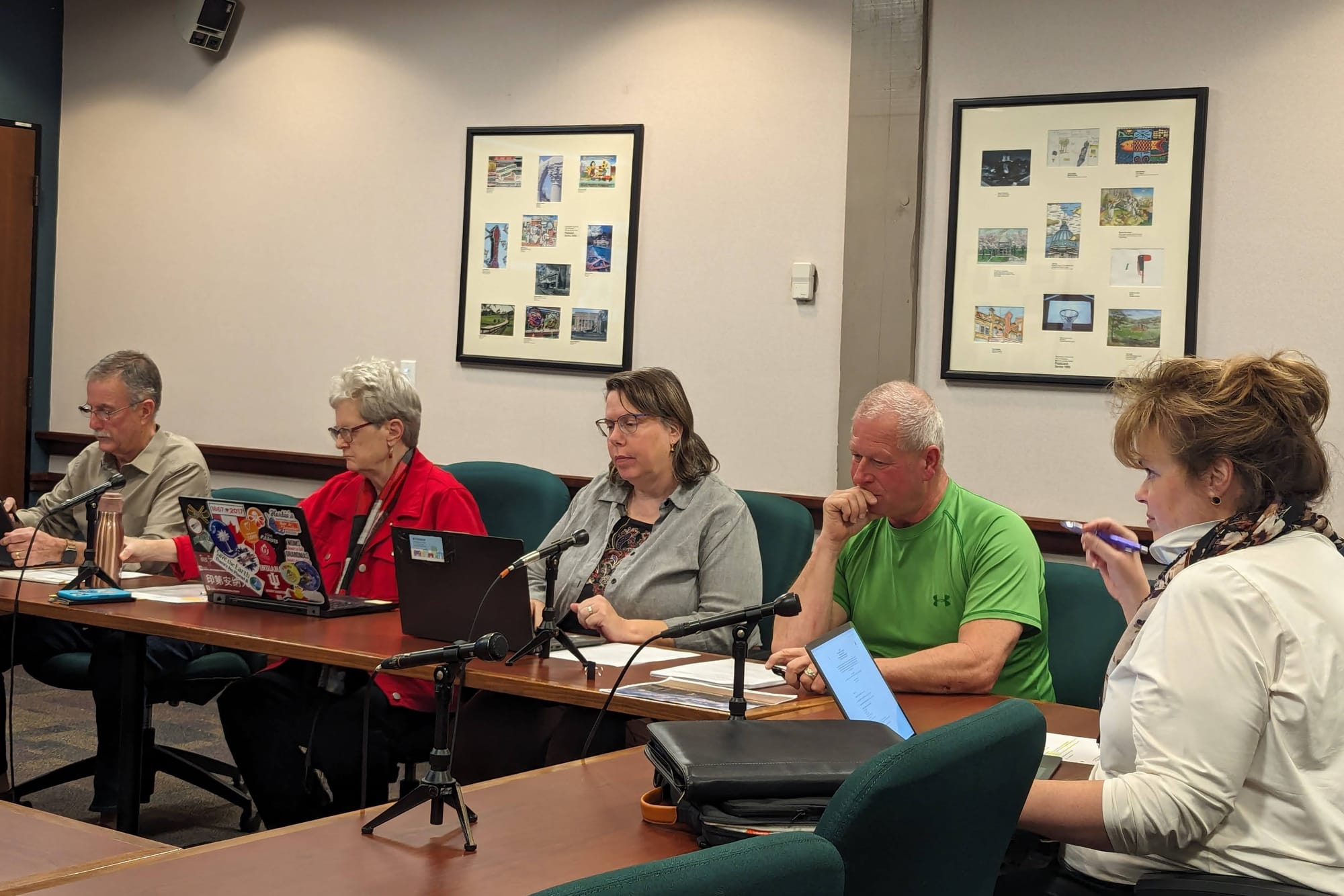
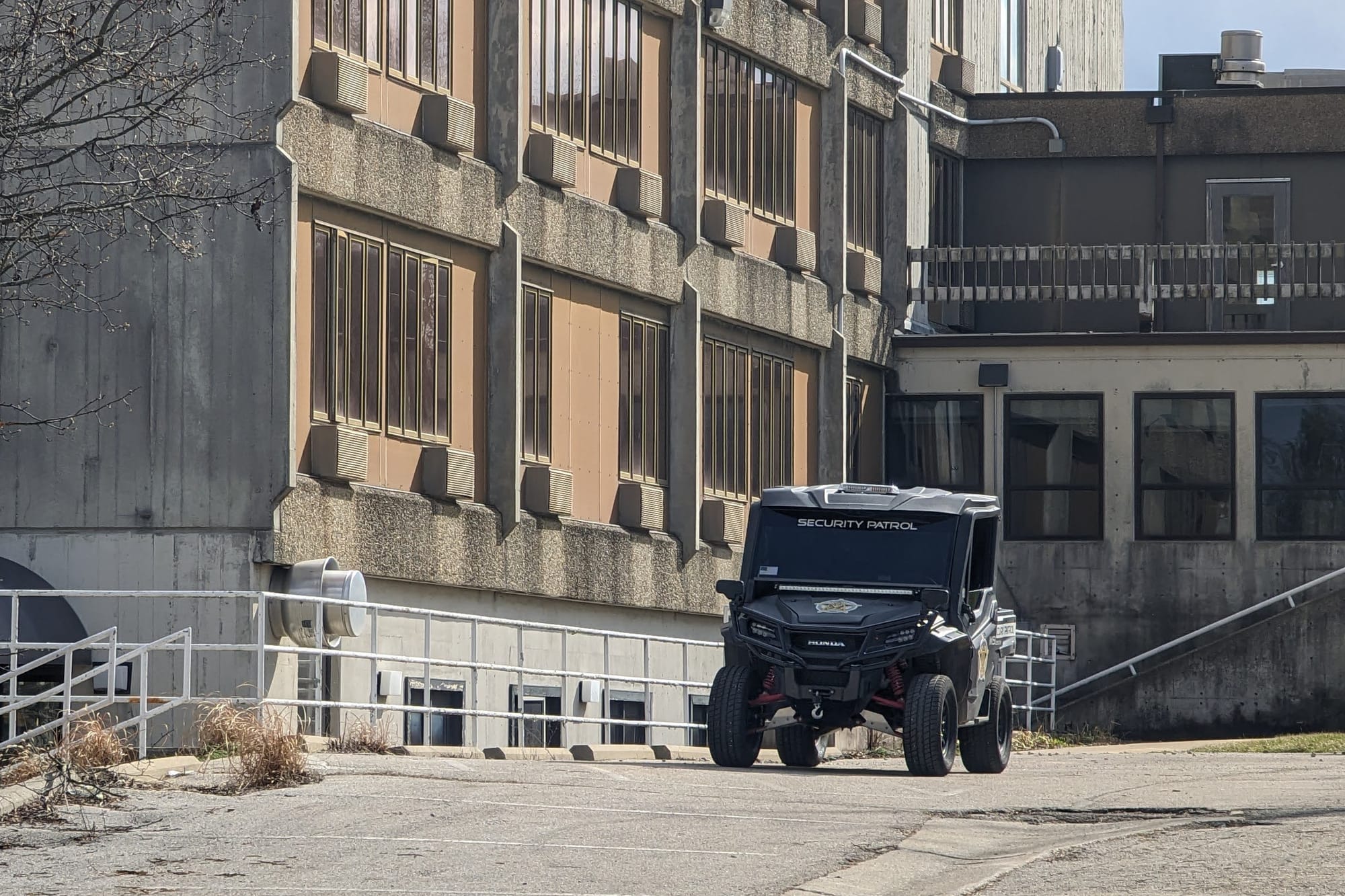


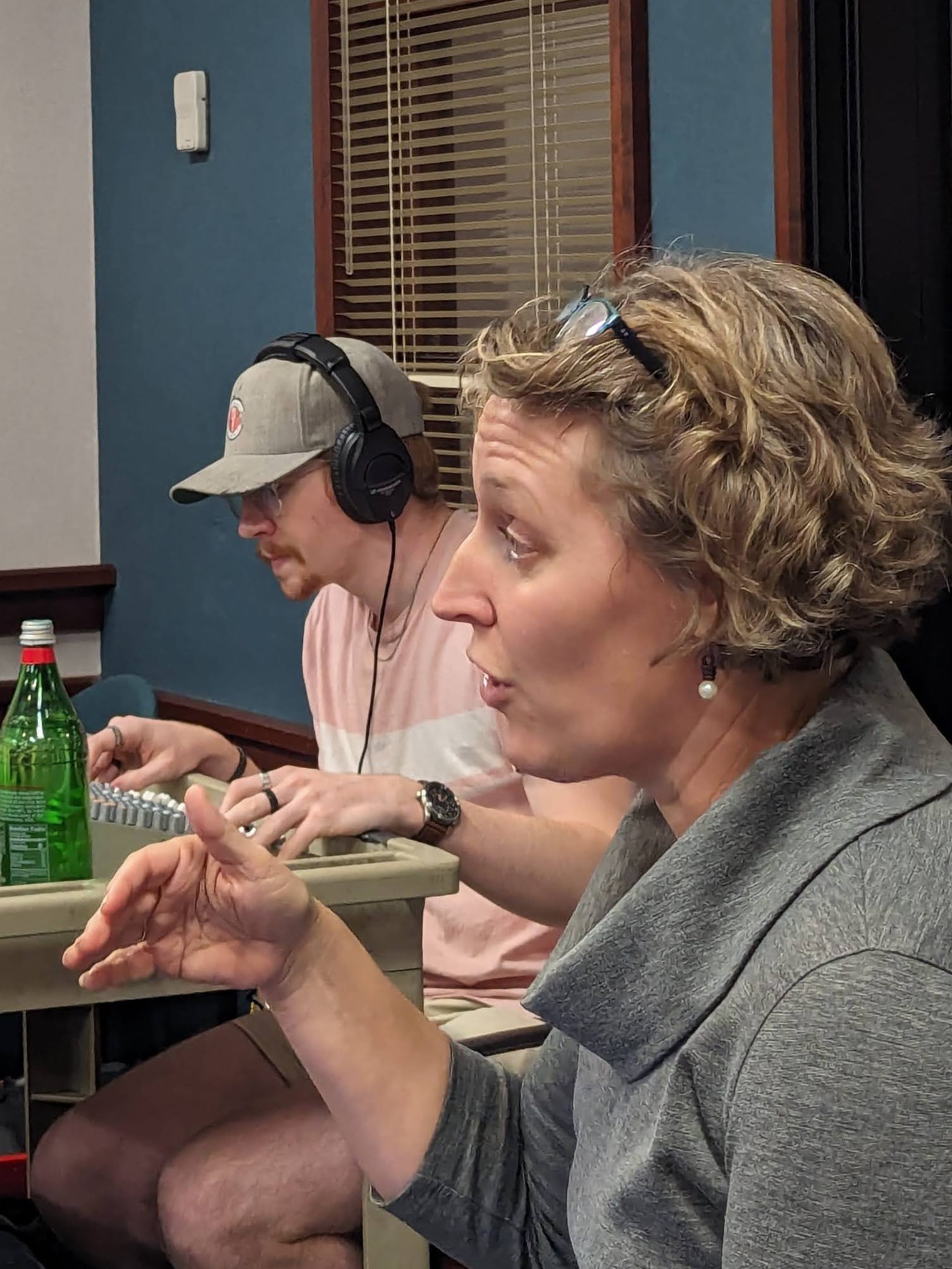
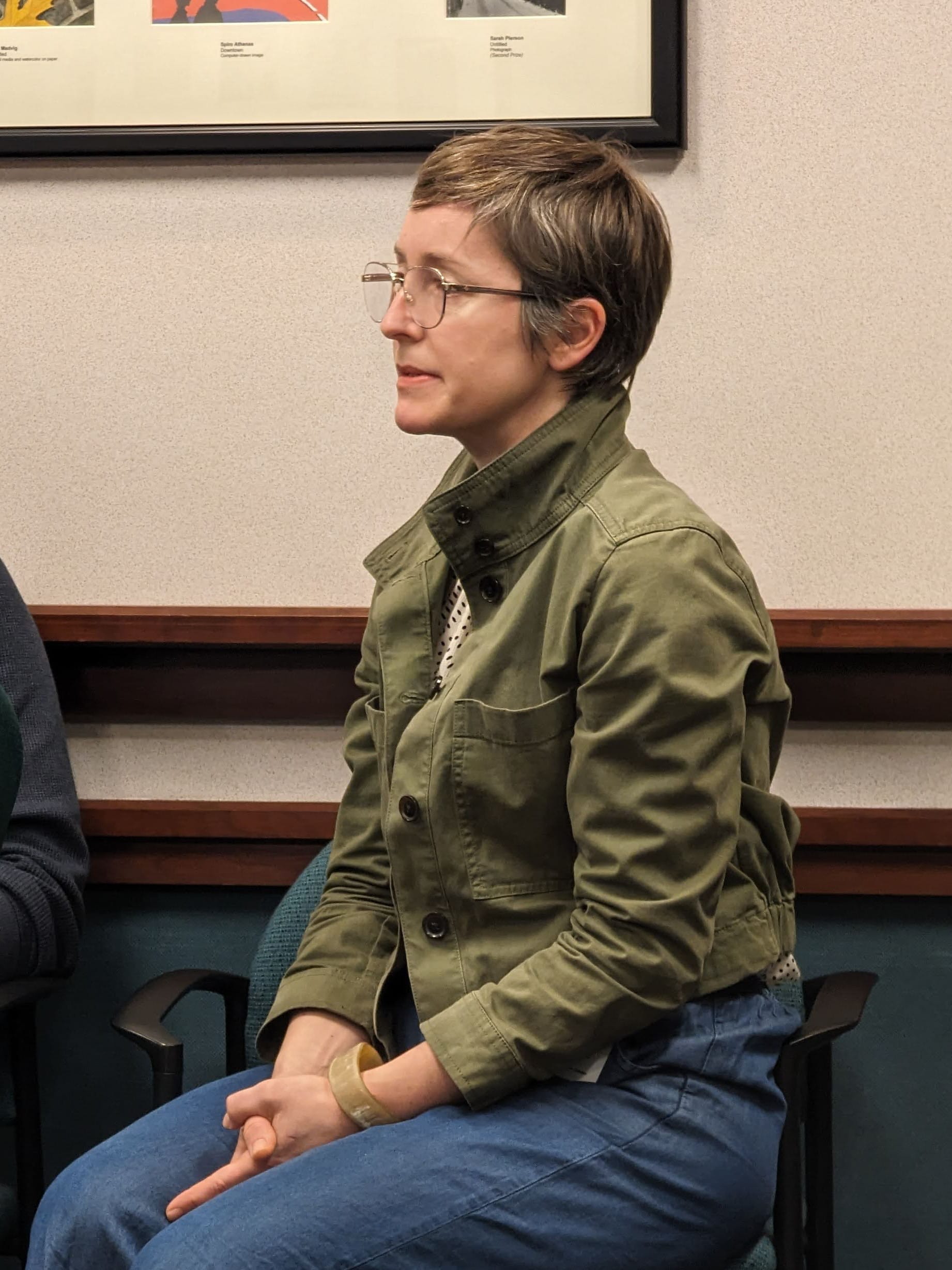
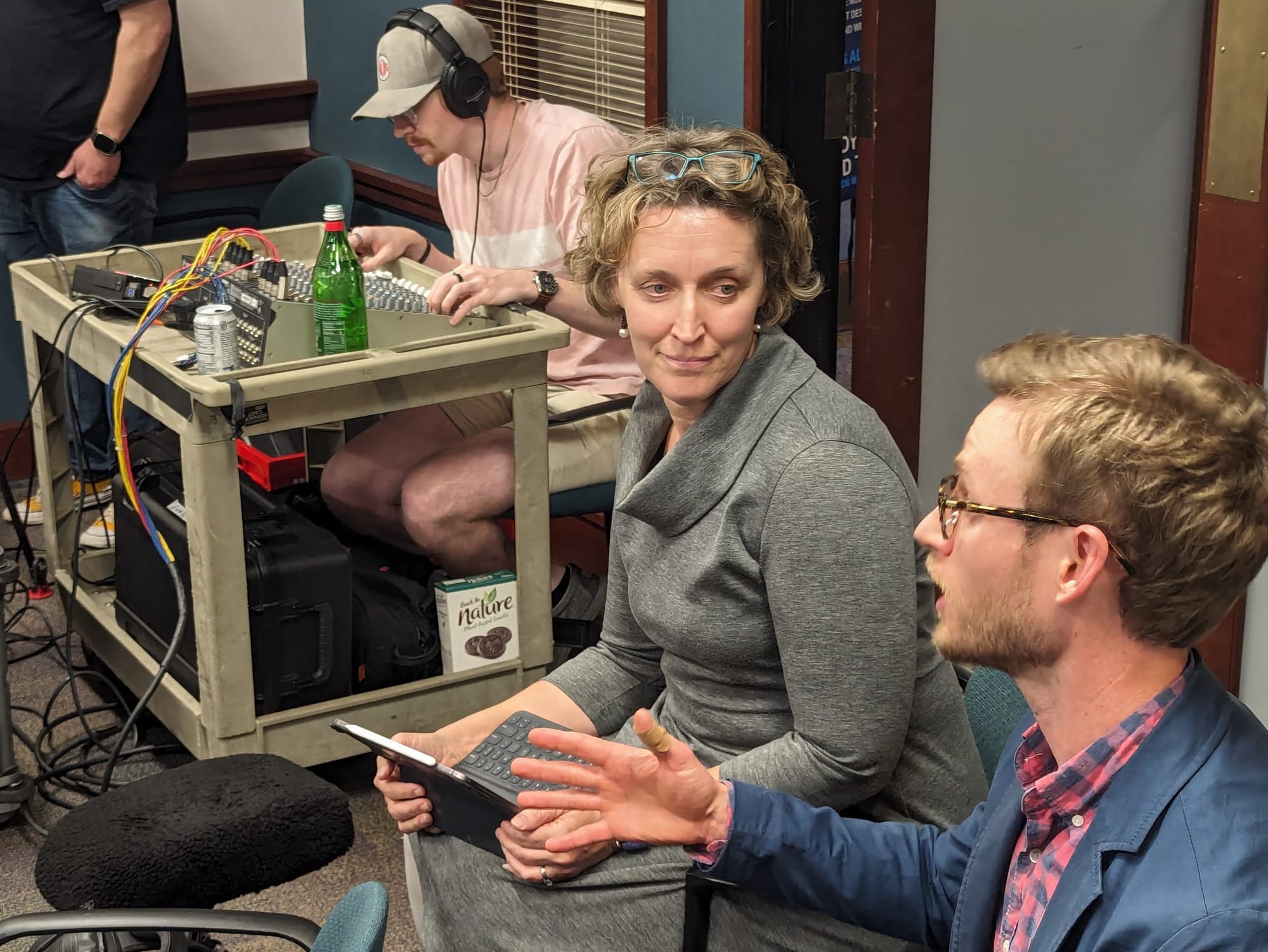
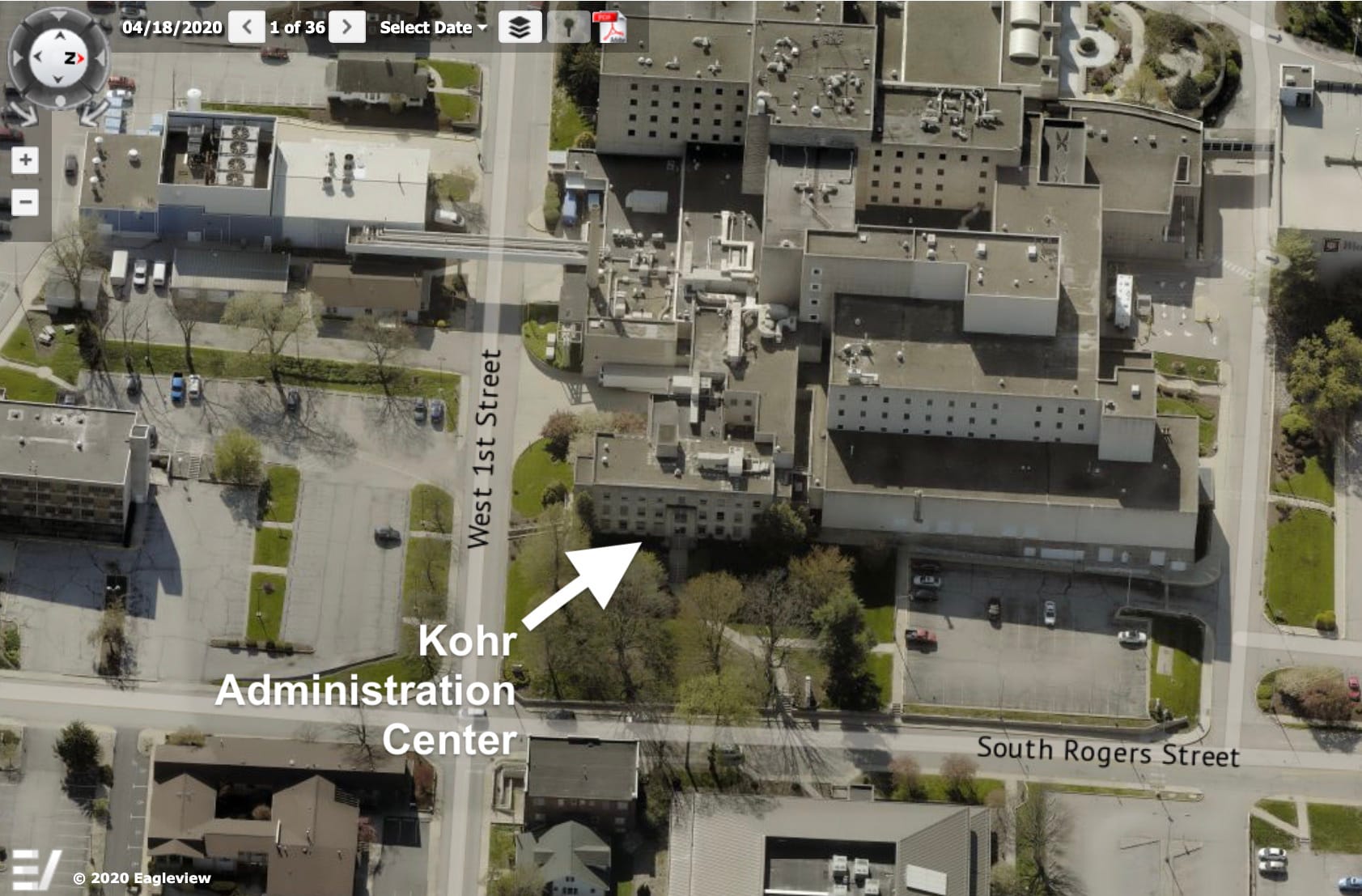
On Monday, contracts for work on two specific buildings in the Hopewell neighborhood, the site of the former IU Health hospital, were approved by Bloomington’s five-member redevelopment commission.
The former Bloomington Convalescent Center at 714 S. Rogers was subject of a $39,816 contract with VET Environmental Engineering, to mediate water damage inside the building.
The former Kohr administration building—which was one of two buildings not demolished by IU Health under the terms of the $6.5-million real estate deal between Bloomington and the health care provider—was subject of a $7,450 contract with B&L Sheet Metal and Roofing, to reinstall downspouts on the building.
The other building left standing on the property was the 390-space parking garage.
But on Monday, RDC members also got an update on the way the 24-acre redevelopment project is getting evaluated by new Bloomington mayor Kerry Thomson’s administration.
She has formed an advisory team, which has, for the time being at least, put the the role of a non-profit called City of Bloomington Capital Improvements, Inc. (CBCI) in limbo.
CBCI was set up by former mayor John Hamilton’s administration potentially to serve as an oversight entity for several projects, but was dialed back to focus just on Hopewell even before Hamilton left office.
Deb Kunce, who is with JS Held, the project manager for the Hopewell project, joined Monday’s meeting on the Zoom video conferencing platform, and told the RDC that CBCI was “in a holding pattern.” The board of the CBCI has not scheduled a meeting since Dec. 20 last year, about two and a half months ago.
One of the members of CBCI’s five-person board is John West, who is an RDC member and a part of the Hopewell advisory team.
The other members of the Hopewell advisory team are: Lisa Abbott, Lynn Coyne, Barre Klapper, Matt Flaherty, Tim Henke, Sib Sheikh, Vi Simpson, Steve Smith, Hopi Stosberg, and John West. That list includes two councilmembers—Flaherty and Stosberg.
RDC member Deborah Myerson had drawn out the remark from Kunce about CBCI being in a “holding pattern” by asking how CBCI, U3 Advisors, and Thomson’s new Hopewell advisory team would interact. U3 Advisors is the owner’s representative for the Hopewell project.
Jane Kupersmith, who is Bloomington’s director of economic and sustainable development, attended Monday’s RDC meeting in person. Kupersmith followed up on Kunce’s remark by describing the work of Thomson’s Hopewell advisory team as an attempt to do “an early-term community gut check.” The point of the advisory team is to make sure that the goals that have been set for the project, after many years of community work, are achievable and aligned with available funding, Kupersmith said.
Given that Thomson herself had just a few minutes earlier arrived at the meeting, Kupersmith deferred to the mayor for more explanation.
Thomson said, “Before we start digging footers and foundations for residences, we want to make sure we’re hitting the targets that this was outlined to hit—which is attainable housing for people who work here.”
Thomson continued, saying that construction is expensive. She said, “We need to look critically at how this is happening and what requirements we have, to see if we can really hit those targets, and what we can leverage to do so.”
Thomson stated that she is 100-percent committed to Hopewell as a residential area. It’s within walking distance to downtown which makes it “a huge opportunity for the city,” Thomson said. She wrapped up by saying, “We want to get it right.”
Offering comment from the audience on the conceptual planning for Hopewell was Dave Huber. He told the RDC that he had circulated a petition that had been signed by more than 100 people, in support of making the neighborhood more walkable. The master plan for the site is car-centric, Huber said, but there is a big opportunity to lay out a grid that is not just throughways for cars.
714 S. Rogers: Water damage mitigation
The $39,816 contract with VET Environmental Engineering was approved by RDC members to mediate the water damage inside the building that had been caused by people who broke into the building and vandalized the sprinkler system.
HAND (housing and neighborhood development) interim director Anna Killion-Hanson told the RDC that the warmer weather means “we are catapulting towards mold growth and breeding grounds.” That’s why the building needs to get cleaned up. The consequence of not moving forward with cleanup would be “catastrophic,” she said.
She called the work that is being done under the contract a “band aid.” As an example of the specific kind of work that will be done under the contract, she gave drywall removal, up to where the water line had been.
Killion-Hanson also described how she is working with the public works department to get some temporary lighting installed to help deter “unwanted guests.” That’s in addition to round-the-clock security patrols that the RDC has contracted with Marshall Security to conduct.
Killion-Hanson said she’s also getting quotes to seal up the building and get it boarded.
For some RDC members, there’s a balance to be struck between the cost for security and remediation of the building’s water damage and the cost of demolition. The initial thought had been not to demolish the building along with the others along the south side of 1st Street—in case a developer wanted to reuse the building.
On Monday, Kupersmith said the administration believes that the building is worth more as a property that belongs to the RDC. The Hopewell advisory team had recommended eventually having an engineering study done. Kupersmith added that from a sustainability perspective, there’s a lot of concrete in the building. Kupersmith indicated that it’s important to try to leverage the greenhouse gas emissions that have already been invested in the production of all that concrete.
Kohr building
The work that B&L Sheet Metal and Roofing is supposed to do under a $7,450 contract approved by the RDC on Monday, includes reinstallation of downspouts on the Kohr building.
The downspouts were apparently disconnected during the process of the demolition of the IU Health hospital complex, to which the older Kohr building had been connected. The Kohr administration building was selected out to be saved from demolition, because the structure was given historic designation by Bloomington’s city council in early 2021.
When B&L inspected the building, the firm noticed some patchwork on the roof itself that needed to be done. So that will be included in the work.
The closing on sale of the Kohr building to Brinshore Development, for an adaptive reuse project to construct affordable housing, is anticipated in June, city attorney Larry Allen said at Monday’s meeting. By re-installing the downspouts, it’s intended that any rainy periods will not lead to further degradation of the vertical limestone surfaces of the building.












Comments ()